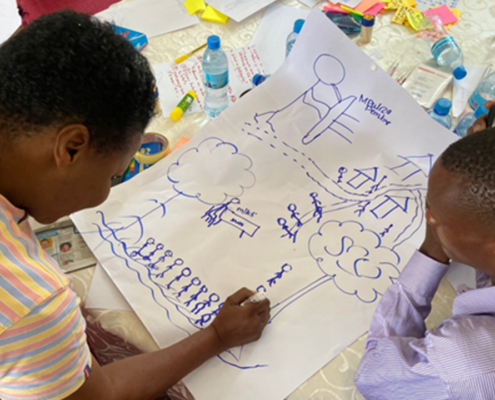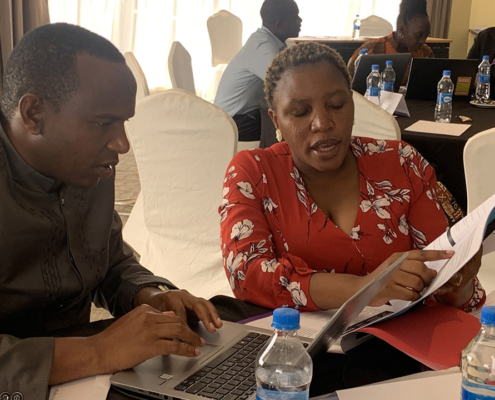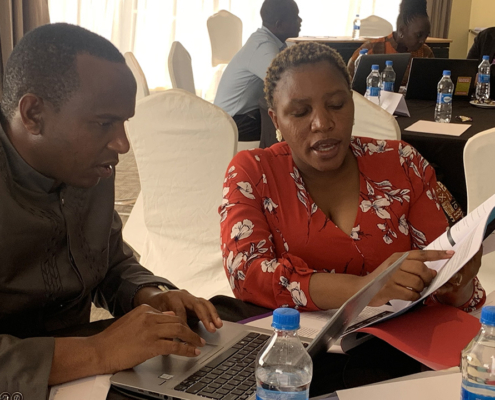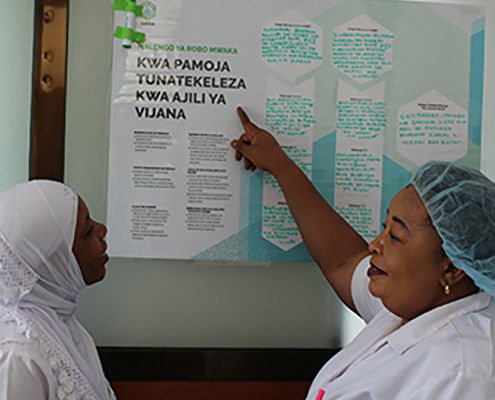 Breakthrough ACTION Tanzania
Breakthrough ACTION TanzaniaShifting Narratives About Gender in Tanzania: Refining Roles for Men in Reproductive and Maternal Health
Blog, Breakthrough ACTIONIn Tanzania, Breakthrough ACTION is improving reproductive and maternal health outcomes by engaging men and redefining gender roles.

Une Nouvelle Boîte à Outils Permet d’Éliminer les Barrières Liées au Genre dans la Riposte Vaccinale
Blog, Breakthrough ACTIONAu niveau mondial, de nombreuses études montrent que les obstacles et les inégalités de genres, tels que l'incapacité à prendre des décisions et le manque de contrôle sur les ressources, empêchent les gens de se faire vacciner. L'impact…

New Toolkit Helps Break Down Gender Barriers in Vaccine Response
Blog, Breakthrough ACTIONRisk communication and community engagement actors in Guinea and Tanzania are using Breakthrough ACTION’s toolkit to ensure gender-equitable vaccine response.
 YLabs
YLabsSocial and Behavior Change Research Spotlights
Breakthrough RESEARCH English, French Burkina Faso, India, Pakistan, Tanzania Integration, Maternal and Child Health, Provider Behavior Change Fact Sheet/Brief, Presentation Slides, Webinar, Website Audience Segmentation Breakthrough RESEARCHThese research spotlights highlight how three SBC initiatives are filling priority evidence gaps for integrated SBC and PBC programming.

